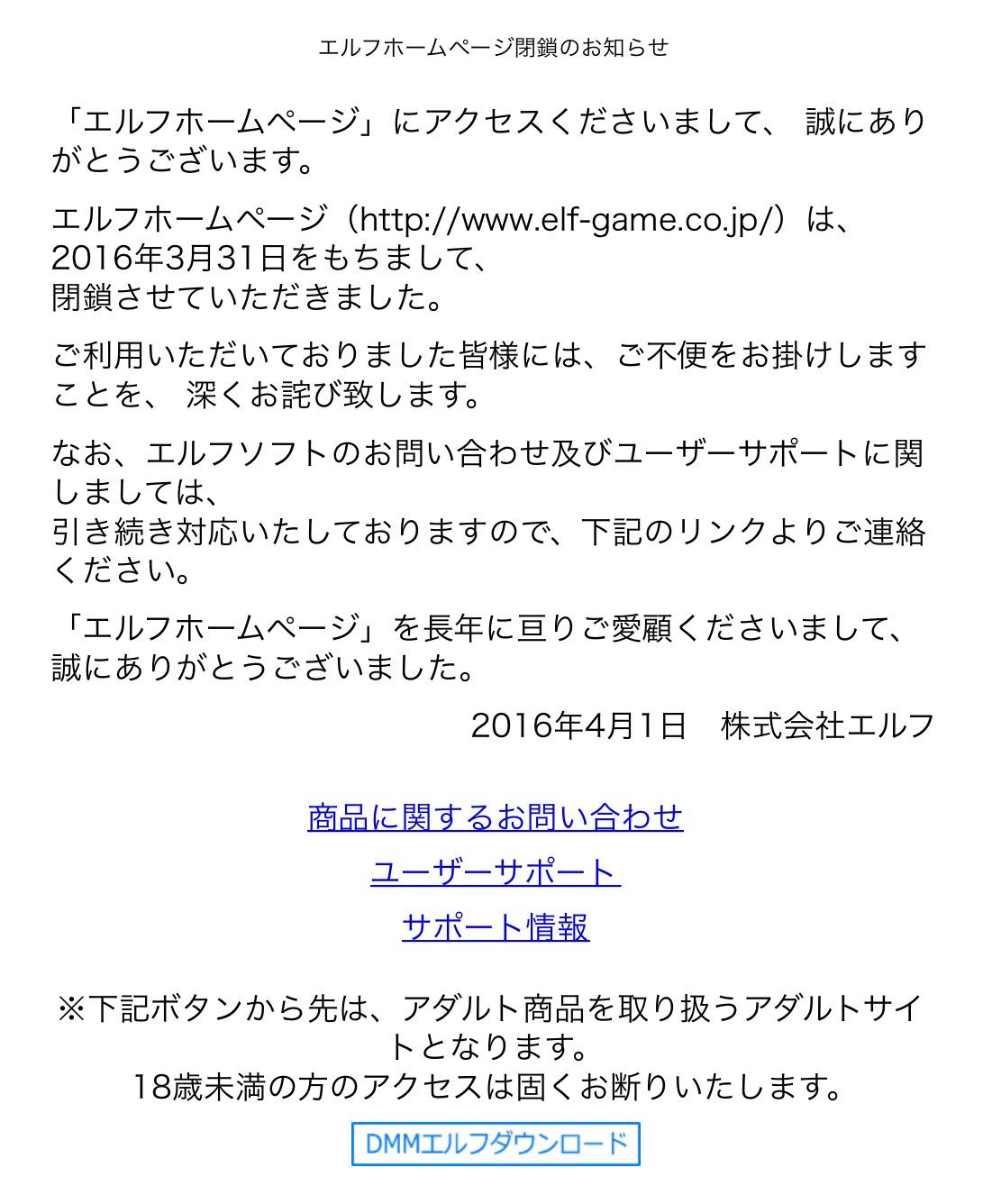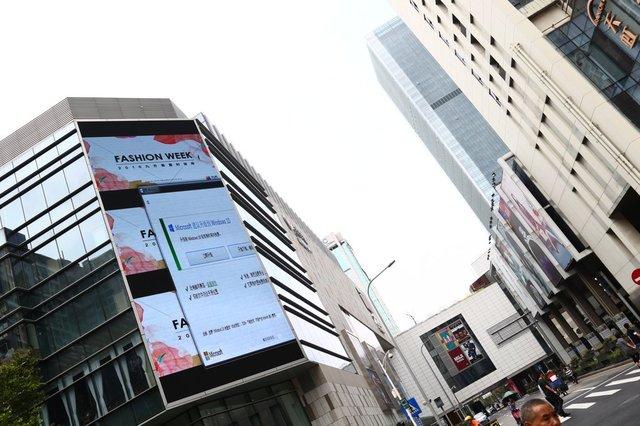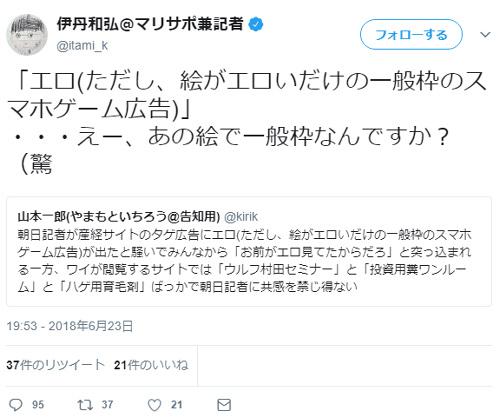Brocade's "VCS Virtual Fabric" is multi-tenant compatible
On October 4, Brocade Communications Systems (Brocade) held a presentation on new technologies and products at the "on-demand data center" promoted by Brocade Communications Systems. Multi-tenant support for Ethernet fabric, which is an alternative to overlay, and high-speed technology for the virtual router "Vyatta" were shown.
VCS fabric with enhanced multi-tenancy
Brocade's data center concept, "On-Demand Data Center," is based on a fabric that applies the technology that the company has cultivated in SAN for many years to Ethernet. This "Brocade VCS fabric" consists of clustering multiple Brocade VDX switches, and the fabric can be managed as one logical switch. In addition, all links in the fabric are realized as active multipaths and have the flexibility of being easily extensible. In addition to this, these days, we are actively incorporating technologies such as SDN and OSS to promote automation including the cloud and reduction of operation management.
Brocade on-demand data center
Relationship between fabric and SDN
Brocade has announced an expansion of the VCS fabric that will be implemented in the company's Brocade VDX switch product line. At the recital, Mr. Kazunari Ogata, Executive Officer of Brocade Communications Systems SDN Business Development Headquarters, gave an overview of new products and technologies.
Brocade Communications Systems SDN Business Development Headquarters Executive Officer Kazushige Ogata
First introduced was "VCS Virtual Fabric," which enables a large-scale multi-tenant environment. Currently, there are restrictions on the L2 VLAN used to build a multi-tenant network, but VRF (Virtual Routing & Forwarding) requires the complexity and operational management unique to L3. On the other hand, overlay networks using VXLAN etc. are highly expandable, but because they are new technologies, the threshold is high.
Steps to building a multi-tenant
On the other hand, the VCS Virtual Fabric announced this time realizes a multi-tenant environment based on the labeling technology called "TRILL Fine-Grained Labels", and for the overlay of the virtualization layer, "underlay network separation". "Solution". It is characterized by its high affinity with the VLAN that has been used in the past, and can be linked with existing third-party tools. When released in January 2014, it will support up to 8000 VCS Virtual Fabric, but logically it can support up to 16 million. The integration between OpenStack and Brocade API will be strengthened, and provisioning from the orchestra will be easier.
Brocade VCS Virtual Fabric
Enhanced SDN support and storage-aware network
At the same time, "Brocade VCS Gateway for VMware NSX" was also provided, and it became possible to convert between existing VLAN and VXLAN in Brocade VCS. It should be noted that there is no conversion overhead because it is done by Brocade VDX hardware. Servers and storages that do not support VXLAN, existing appliances and nodes of the overlay network under VMware NSX controller can operate in cooperation.

In addition, "VCS Auto QoS" that enables automatic priority control of IP storage traffic (NFS and iSCSI) will be added. Initially, it is a simple matter of prioritizing the storage traffic in the fabric over other best effort traffic, but in the future, it will be improved so that fine control can be performed for each tenant.
Brocade VCS Gateway for VMware NSX for VLAN and VXLAN conversion
"VCS AutoQoS" that realizes automatic priority control of IP traffic
As a new hardware product, "Brocade VDX 6740/6740T" equipped with 48 ports of 10Gbps port and 4 40GbE QSFP + has been added to the lineup (shipment started in September). The VDX 6740 is a model with SFP + and the VDX 6740T is a model with a fixed port of 10GBASE-T. A new 160Gbps wideband uplink with four 40GbE bundles will also be offered. In addition to installing the ASIC that processes the above-mentioned VCS Virtual Fabric and VCS Gateway for VMware VCX by hardware, OpenFlow will also support the stable version 1.3. Furthermore, it was revealed that the 100GbE module for the chassis type switch "Brocade VDX8770" will be shipped in March 2014.
Brocade VDX 6740T with 10GBASE-T
"VPlane" architecture for high processing speed
Another highlight of the announcement, alongside the expansion of the VCS fabric, is the new Vyatta 5600 vRouter virtual router. Vyatta vRouter is a software router that runs on x86 servers and is the core product of the "NFV (Network Function Virtualizetion)" strategy that aims to virtualize various network functions such as routing, load balancing, and firewalls.
Behind the introduction of the new model "Vyatta 5600 vRouter" is the need for faster virtual appliances as server performance improves and network load increases. As the VM implementation density increases, the traffic between VMs increases. Naturally, the traffic between host servers also increases, so processing speeds commensurate with the physical interface of 10 Gbps have been required.
However, in the case of the conventional product Vyatta 5400 vRouter, forwarding, routing, VPN, firewall, QoS, NAT, and management are all operated by a single software, and it is done by a single CPU. As a result, all multi-core CPUs could not be used up, resource contention occurred, and the processing capacity of each core had peaked.
On the other hand, the new product Vyatta 5600 vRouter adopts the "vPLANE" architecture that separates the processing of the control plane and the forwarding plane. By utilizing Intel's DPDK (Data Plane Development Kit), specific packet processing is assigned to each core to prevent resource contention. As a result, even though it is a software router, it achieves a throughput of 10 Gbps per x86 core and more than 10 times the performance of the conventional one.
CPU resource conflict Vyatta 5400 vRouter
Vyatta 5600 vRouter with separate control plane and forwarding
By achieving such high processing performance, it will be possible to meet the applications of cloud providers such as in-server routing and virtual BGP route reflectors, as well as the applications of carriers such as BGP routing and ACL offload. The image is that the router itself is virtualized for each function and embedded in the right place in the network infrastructure of the telecommunications carrier. The openness that does not choose a hypervisor is also a big selling point, and it has a strategic advantage over other companies.
The Vyatta 5600 vRouter has been shipped in limited quantities and will be available to the general public by the end of 2013.
At the recital, it was also announced that "Brocade ADX Application Delivery Switch" was adopted for the OpenStack private cloud for application development of Yahoo! JAPAN.






![[July 6 and 7] DX realized by content cloud, advanced platform for business transformation](https://website-google-hk.oss-cn-hongkong.aliyuncs.com/drawing/article_results_9/2022/3/9/6bbafe438d78271513761788166cbf94_0.jpeg)

